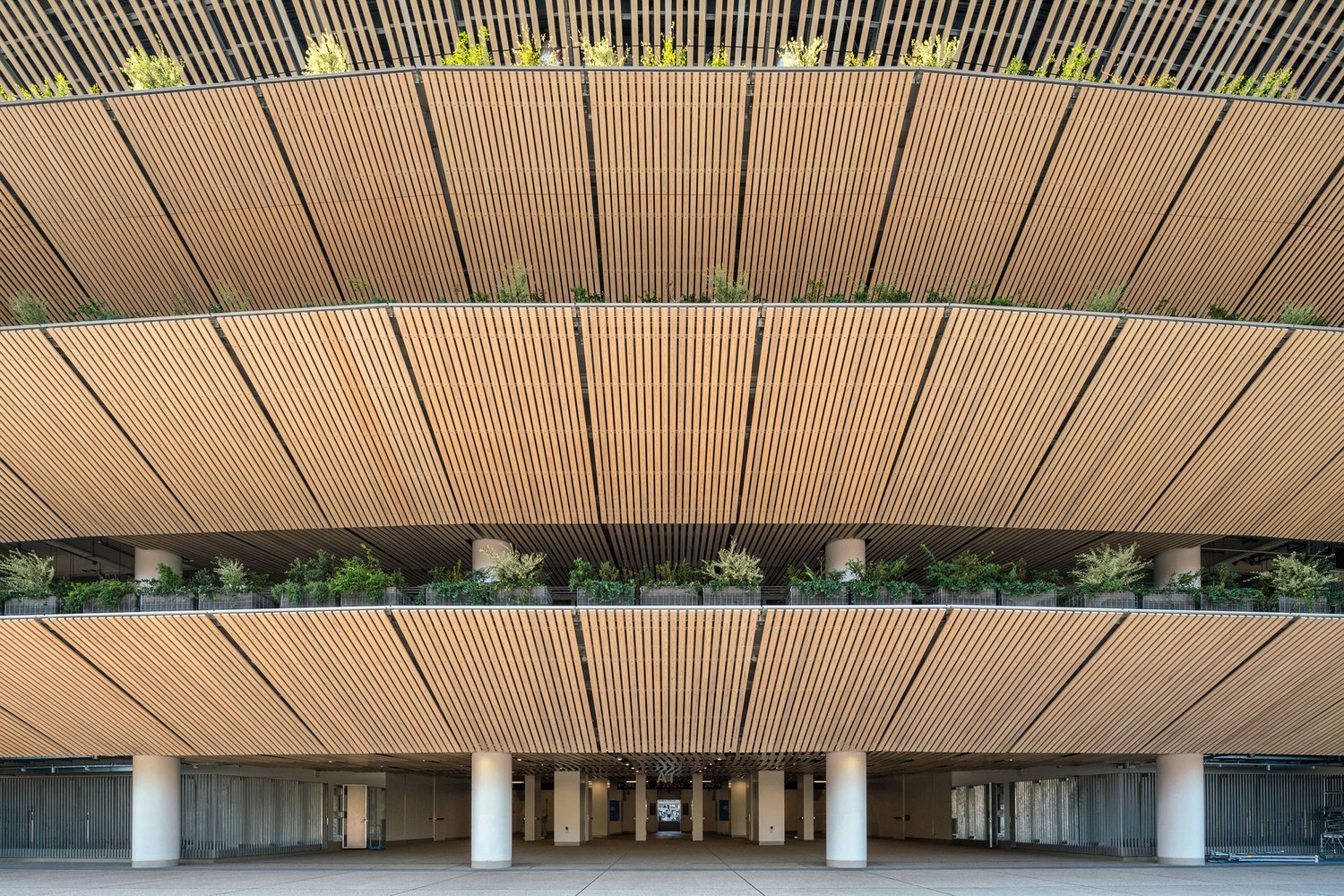
Social Value
How urban locations can generate greater social value by enabling everyday access to sport.
From Barcelona to Bolton, Canada Water to Copenhagen, Paris to Powisle, local communities, developers, architects and city municipalities are finding innovative and inclusive models for how sport can be integrated into everyday urban life.
Despite the promise that different examples in this paper illustrate, everyday access to sport needs to be supercharged across the urban environment.
The World Health Organisation has warned that almost 500 million people will develop heart disease, obesity, diabetes or other noncommunicable diseases attributed to physical inactivity by 2030 if governments don’t take urgent action.
In the last 150 years, our cities have seen the relationship between sport and the urban environment go through different cycles of investment and development, reflecting the pressures, challenges and opportunities of that time. We are now at a juncture where a similar period of change and development is needed to ensure that our cities’ sporting provision responds to the populace and context of today:
84% of the UK population lives in cities.
In London, nearly 38% of the population does not participate in the recommended amount of physical activity, and the capital has the highest proportion of inactive children in the UK.
In the UK the total economic cost of sickness absence, lost productivity through worklessness, informal caregiving, and health-related productivity losses is estimated to be over £100 billion annually66.
39% of people say the current cost of living crisis is affecting their ability to be active67.
In the most deprived areas in England, the prevalence of obesity or being overweight is 14 percentage points higher than in the least deprived areas68.
1.3 million teenage girls who once considered themselves ‘sporty’ have dropped out of exercise and activity after primary school69.
In order to respond to these challenges, our cities need new and creative models for integrating sport, incidental play and informal movement into the everyday.
Download our research to learn more.
More from Sport+
Sport+ Nature
We look at some of the best global examples where nature has been used to embrace sports stadiums.
Sport+ Community
We spoke to Glen Sutton from Fulham FC to find out about the placemaking led approach to the re-development of their Riverside Stand at the historic Craven Cottage.
Sport+ Sustainability
The Johnan Cruijff ArenA in Amsterdam, home to Ajax FC, has pioneered an innovative new approach to generating energy within the stadium.




